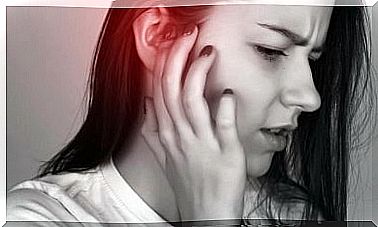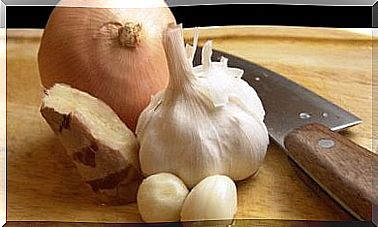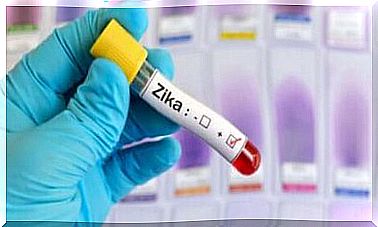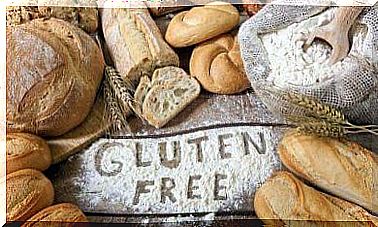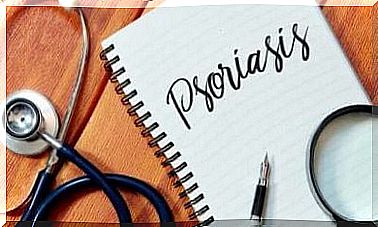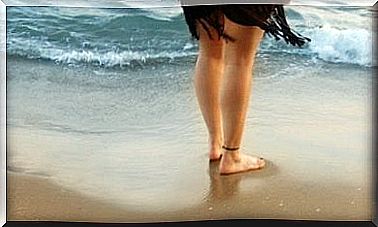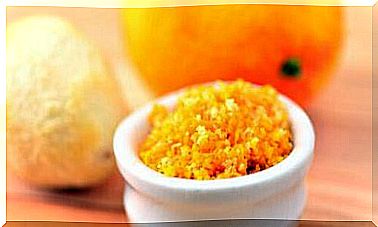Hip Pain – 6 Preventive Tips – Step To Health

Hip pain is a common condition, especially among the elderly, but it is increasingly affecting young people as well. It can be caused by various factors.
If you experience some discomfort in this area: here are 6 tips to help you eliminate hip pain and the risk of it occurring.
First of all, we should try to accurately locate the pain in the hip joint, as this will provide us with valuable guidelines as to the cause of the disease.
Why does hip pain appear?
Hip pain may indicate inflammation, causing discomfort in the hip or groin. If the pain is the most on the outside of the hip, the top of the hip, or the outer area of the buttocks, it may be related to muscle problems.
What’s more, hip pain can be caused by disease and inflammation in other areas of our body, including the lumbar spine. One of the most common causes is arthritis.
It should be remembered that the hip is an important element of our body, because it is a kind of bridge between the torso and the lower limbs, providing us with stability while walking.
If you feel tight and painful in your hip, follow the tips in this article.
1. Balanced diet
We constantly remind about it, because, as it is easy to see, it is the basic building block of our health. Balanced meals play a fundamental role in strengthening bones and joints.
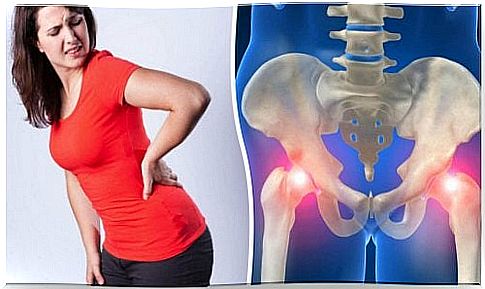
Therefore, we should eat as much iron and phosphorus-rich foods as possible. Fish are a good example.
We especially recommend increasing the dose of vitamins A, C and D in your diet, because they help synthesize collagen. Among the most recommended vegetables and fruits, we can find:
- Citrus fruits
- Mango
- Pineapple
- Carrot
- Melon
- Strawberry
- Artichoke
- Garlic
3. Hip pain and supplements
Magnesium is the fourth most abundant mineral in cells, after calcium, phosphorus and potassium. It helps us produce energy, synthesize proteins and fats.

There are certain vitamin supplements, such as glucosamine sulphate, which is very beneficial to the condition of our hips.
It is a natural way to strengthen this part of our body, while also having benefits for bones and cartilage.
3. Pain in the hip joint and adequate exercise
Activity and adapted exercise are essential to maintain well-being and body condition, thereby preventing hip problems. Simple exercises only take a few minutes a day.
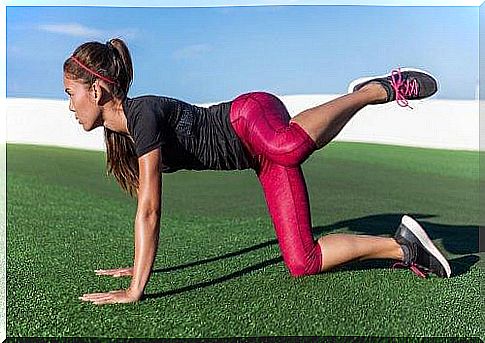
You should activate your body, for example by doing squats or sternum in the morning. This will strengthen your muscles and give you energy for the rest of the day.
- So, lie on your back with your legs bent and your feet on the floor, separated by the width of your hips. Lift your buttocks off the floor by contracting your abs. It is very easy!
- Another exercise is keeping your knees aligned with your ankles, in a straight line from your knees to your shoulders, making sure you don’t flex your back incorrectly. Hold your body in this position, count to three and slowly lower your pelvis to the floor.
- If you suffer from arthritis or bursitis: avoid vigorous exercise. Running and jumping can worsen your condition and your hip joint problems. In the case of these pathologies, frequent walks are best.
4. Strong thighs and less hip pain
The best solution to prevent hip diseases is to strengthen the thighs, which provide us with stability while walking. Especially in the case of hip arthrosis, we should work on strengthening the muscles of the outer thigh.
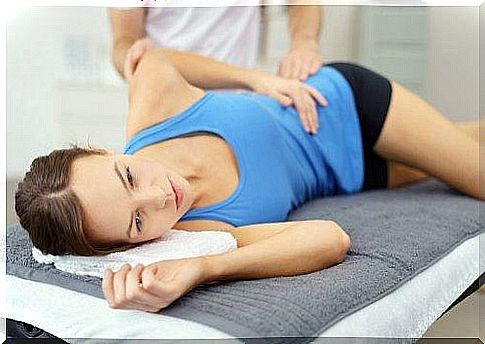
The muscles of the inner thighs also play an important role in maintaining the condition of the hips. Therefore, lie on your back, put the ball between your knees and squeeze. Choose a ball with little flexibility when kneading.
5. Stretching exercises
- Kneel on the uncomfortable leg, holding on to something firmly so as not to lose your balance.
- Tilt your pelvis forward while squeezing your gluteal muscles.
- Then lean towards the hip where you are feeling pain.
- You should feel a stretch all the way from the top of your hipbone to the very knee.
- Hold this position for 30 seconds and repeat twice.
6. Listen to your body
If you have had arthritis or bursitis, you are most likely relieved from these exercises. However, if you feel pain increasing with physical activity, stop doing it.
Importantly, if exercise-induced pain persists for a few days, this is a clear sign to give yourself a break. Also, remember that the feeling of exhaustion is a normal reaction of the body to the performed training, but it should not persist or grow stronger.
Hips are our support, protection for the legs. So, try to release the tension and follow these simple guidelines for your diet and rest.
Don’t forget to see your doctor if the pain continues and gets worse.

